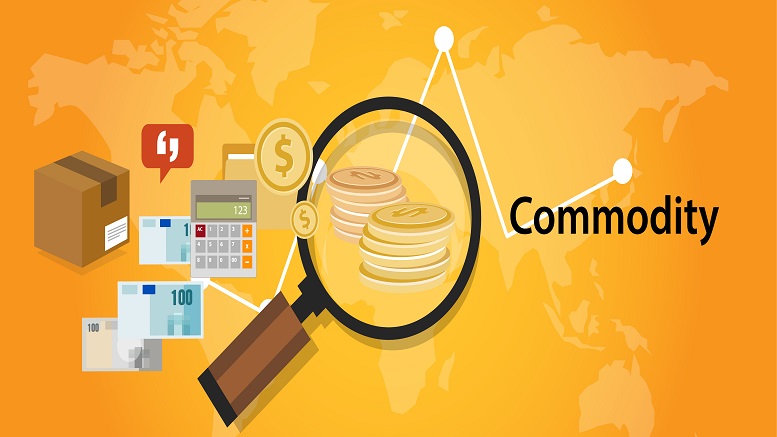Commodity And Currency Trading: A Guide To The Derivate Market

We’re all familiar with investment and trading opportunities in markets like equity, debt, and cryptocurrency, but commodity trading has recently gained traction. Commodities, like stock and other instruments, can be purchased and sold. People acquire commodities in expectation of a price increase, and when that price is reached, they exit their position and profit. Obviously, the price could fall, resulting in a loss.
The spot market and the futures market are the two markets where commodities are traded in India. The spot market encompasses all current transactions. That is to say, if you buy a commodity today, you will receive possession of it instantly at the current market price.
The futures market, as the name suggests deals with transactions of the future. It signifies that your transaction will be completed at a later date, but at the price set today. The National Commodity & Derivatives Exchange Limited (NCDEX), The Multi Commodity Exchange of India Limited (MCX), and The Indian Commodity Exchange Limited are all commodity exchanges in India (ICEX).
ICEX has amalgamated with the National Multi-Commodity Exchange (NMCE). Exchange trading hours for the commodity market are 10:00 a.m. to 11.30 p.m. / 11.55 p.m IST from Monday to Friday. Barley, chana along with other grains and cereals can all be traded on the National Commodity & Derivatives Exchange Limited (NCDEX).
The Multi Commodity Exchange of India Limited (MCX) allows traders to trade bullion which includes Gold and silver plus their variations (like mini etc), base metals most common ones are aluminum, brass copper, etc, then comes energy (think crude oil and natural gas) and agricultural products like your typical cotton, rubber, palm oil as well as spices like black pepper.
The ICEX allows traders to trade agricultural products, plantation (rubber), and fiber (jute), as well as commodities such as diamonds and steel.
Let’s take a closer look at commodity trading’s risk and reward characteristics.
Commodity trading provides numerous benefits. Because commodity futures are highly leveraged instruments, you can trade them with a small amount of money. As a result, you can place a larger wager than you could with another asset class. In addition, these markets are typically quite liquid, making entry and exit very simple. Finally, they have a lot of profit potential.
It does, however, come with its own set of risks. They can be quite temperamental at times (but that may be a plus for some traders). Investors who are new to the market should proceed with care. Everything is multiplied manifold by leverage, so only if you are a disciplined trader can you benefit.
The commodity market is regulated by the SEBI’s Commodity Derivatives Market Regulation Department (CDMRD). Commodity transaction taxes must be paid by traders (CTT). GST is also paid on brokerage fees, exchange fees, and warehouse fees, as well as on physical delivery of products. In addition, there is a stamp duty to be paid.
Trading currency is another market into which one might enter. These markets are populated by banks, corporations, central banks (such as the RBI in India), investment management businesses, hedge funds, retail forex brokers, and retail investors. This market is known as the currency or FX market (foreign exchange market).
Currency futures are used to trade in these markets, while there is also a spot market for them. Currency futures are traded on platforms provided by exchanges such as the NSE, BSE, and MCX-SX, and typically take place between the hours of 9.00 a.m. and 5.00 p.m.
Trading currencies differ from trading other asset types in a few ways. There is no physical delivery in this case, and you trade in two currencies. Consider the INR/USD rate, which tells us how many INR units are necessary to purchase one USD unit. If you wish to gamble on the INR growing, you can do so by purchasing INR with USD. You can book your profit by selling the INR when the exchange rate rises as predicted.
It’s worth noting that currency trading is particularly dangerous due to the large number of factors involved. Using leveraged funds, especially for novices, is not recommended.
Finally, both commodities and currency trading may be incredibly profitable endeavors. To get knowledge and experience in the market, one might strive to enroll in structured courses taught by industry veterans. However, as previously stated, execution is crucial, and only through self-awareness can a trader succeed. So be conscious of your objectives and resources, as well as your willingness to take risks.
If you wish to learn more about commodity and currency trading in India, check out this course by FinLearn Academy on Introduction to commodity and currency trading. You will be able to learn the basics and master them with advanced trading strategies.




